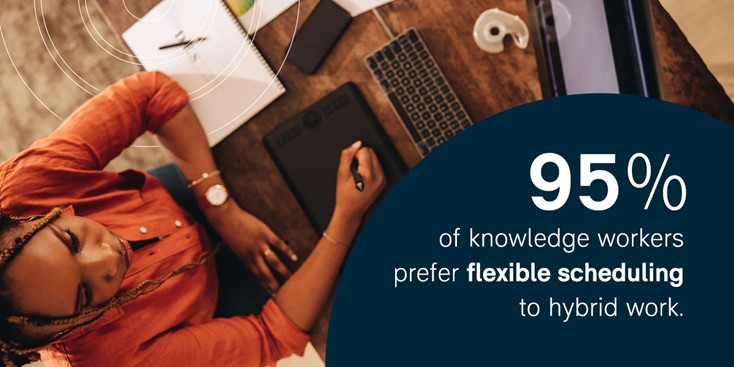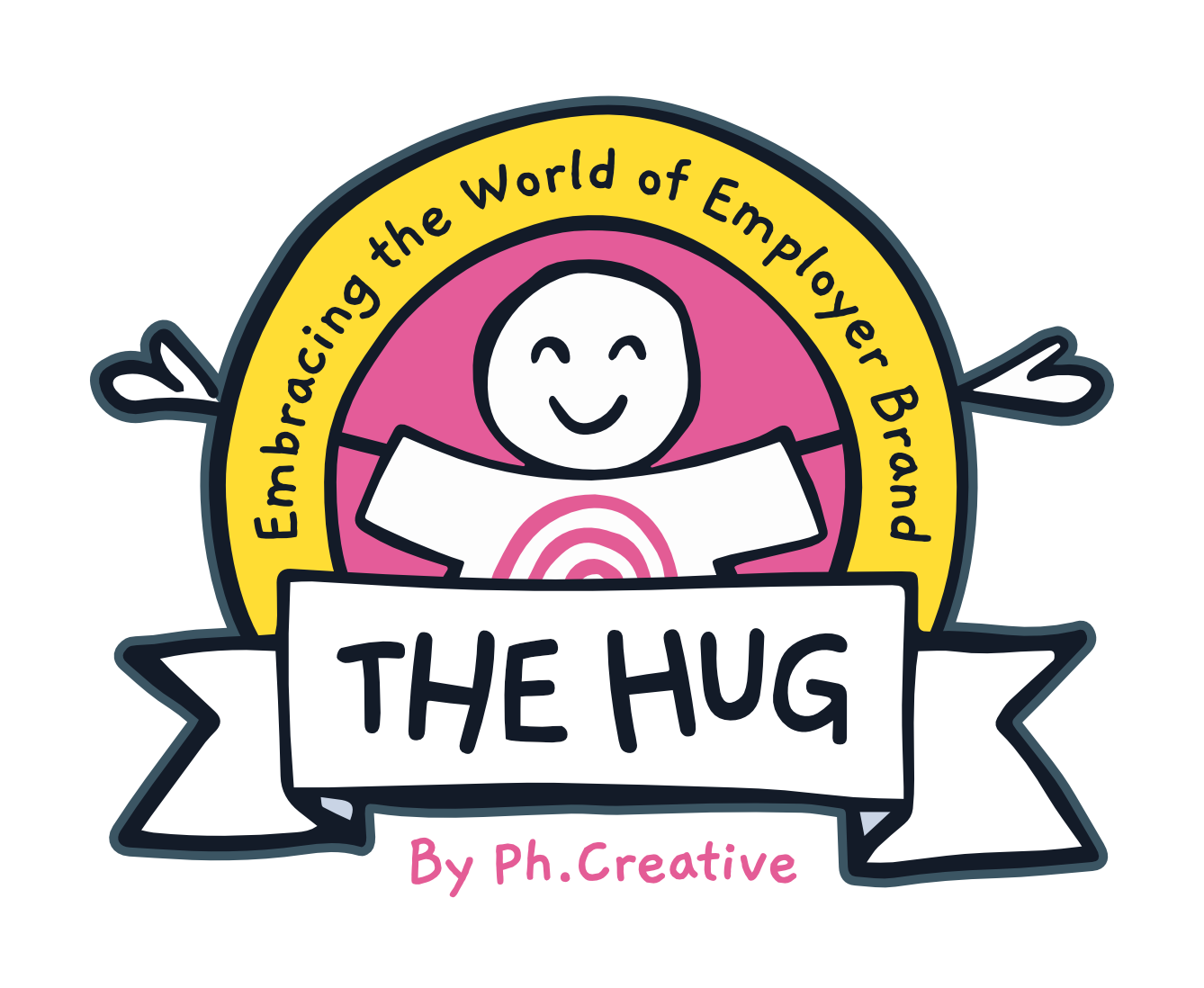What Are Job Seekers Looking for in an Employer in 2023?
If you've paid attention to the headlines, you know the job market looks slightly different today. The chaos of the pandemic has caused many people to reevaluate their priorities and look for opportunities that meet their needs rather than the other way around.
Understanding what employees want from their employers can help you create a strategy for attracting job applicants. If you're looking to hire in 2023, keep these trends in mind.
7 Things Job Seekers Look for in Employers
Here's what employers need to know about what people look for in a job:
1. Competitive Pay
Finding a company that offers a reasonable pay rate has always been of top priority for job seekers. In today's uncertain economy, though, it's become even more important. According to ZipRecruiter's Job Seeker Confidence Index for December 2022, 88% of respondents said they needed to know how much they could expect to receive before applying for a position.
Employers have increased wages to meet the steadily rising cost of living, which has intensified competition between companies. Job seekers know that lucrative opportunities exist, which makes them more confident in seeking out positions that provide higher pay.
2. Better Benefits Packages
In addition to better pay, today's job seekers want an employer that will provide more comprehensive benefits packages to counteract the rising costs of living.
Creating generous benefits packages can help your company stand out from the competition. Some of the benefits employees value most include:
- Remote or hybrid working options
- Paid family leave
- Paid time off
- Comprehensive health insurance
- 401(k) or retirement plans
It's also essential to remember that everyone's needs are different. For example, if your employee's spouse has a job that extends health care benefits to family members, they may opt out of your coverage. This could open opportunities for other employees who need this benefit.
3. Greater Work-Life Balance
Employee burnout is a major problem in today's professional landscape. With almost three out of every five employees feeling stressed, unmotivated and uninterested in their work, it's little wonder that people want to work for employers that prioritize their well-being.
When they're able to balance work with their personal lives, most employees find that they feel more fulfilled. That said, the idea of a work-life balance has shifted over the past few decades. Today's workforce interprets work-life balance differently based on their age:
- Gen X: Employees born between 1965 and 1980 balance their personal and professional lives by taking advantage of work-from-home arrangements and accruing PTO for time with loved ones.
- Millennials and Gen Z: While their parents still put work before themselves, the younger generations seem to be more interested in career opportunities that fit their lifestyles. Flexible hours and hybrid work are often important to this group.
Creating a benefits package and work model that fits both definitions is the best move here. You may cater your benefits package to the specific applicant type you want to hire.
4. Flexible Working Arrangements
Due in large part to the pandemic, more people are working in nonconventional settings than ever before. Giving your employees flexibility in deciding when, where and for how long they will work each day can help establish a work-life balance and attract more candidates.
A remote or hybrid workforce is one of the most popular ways employers are making this benefit available. According to a Pew Research report, 60% of remote-capable workers would choose to work from home all or most of the time if they had the choice.
An even more attractive arrangement is flexible scheduling — about 95% of knowledge workers prefer flexible scheduling to hybrid work. This arrangement gives your employees the freedom to decide when and for how long they will work each day.
Other flexible work options include a four-day workweek, job-sharing and fewer hours per week. Finding the right arrangement for your company may take some time but will help bring in more candidates.

5. Opportunities for Career Growth
Employees want to work for organizations that genuinely care about their professional growth and development.
Here are some ways a company can be a career catalyst for its employees:
- Mentorship: Building a robust employee mentorship program helps strengthen your company culture and increase job satisfaction, leading to greater productivity and employee retention.
- Promotions: Providing opportunities for frequent promotions or career milestones is critical, especially if you want to attract younger candidates. In a Handshake survey of Gen Z job seekers, 71% of respondents said they expect to receive a promotion within the first 18 months of starting a new job.
- Continuing education: Providing opportunities for training and education throughout an employee's tenure can help boost their productivity and engagement.
This is another area where giving more can help you get more — employees who have access to professional development programs are more engaged in their work and stay longer at their companies than those who do not have that access.
6. Job Security and Stability
The mass layoffs and evictions of the pandemic have left a lasting impact on employees and job seekers. It makes sense, then, that the number of job seekers who prioritized job security rose five percentage points between January (31%) and December (36%) of 2022, according to ZipRecruiter.
Employees need to feel secure in their positions to perform at their best. When candidates feel that they can trust your company, they're more likely to apply. Employers should be open and honest about concerns such as long-term sustainability and organizational resilience early on to put candidates at ease.
7. A Smooth Candidate Experience
We all know job hunting is stressful. When job seekers run into barriers for one position, they're likely to abandon that application and move on to the next job posting. Streamlining the candidate experience can help you keep top talent interested during the hiring process.
Typically, the job description is the first touchpoint candidates will have with your Employer Brand, so you'll need to create one that appeals to the right people. Overly formal postings tend to discourage less confident job seekers, but if you're too casual, you'll come off as unprofessional. While finding a happy medium between the two can be tricky, the candidates you'll get will be well worth the effort.
It's also important to make sure your application is short and easy to complete. About 92% of would-be candidates abandon applications early because they're too long or confusing. Cutting unnecessary questions and saving skills assessments for later stages streamlines the application process, preventing your applicants from feeling too discouraged.
Attract Top Talent in 2023 With Ph.Creative!
Want to learn more about how investing in Employer Branding can help you stand out from the competition? Ph.Creative is here to help! Effective Employer Branding can help your company find the right talent, decrease turnover rates and promote a more unified culture. Contact us today for more information.
Sign up to our blog

Every other Thursday we share:
✔ One feature full of our freshest insights
✔ An expert hack you'll love to use
✔ The links you need now
+ other helpful bits for thousands of EB and TA pros just like you




